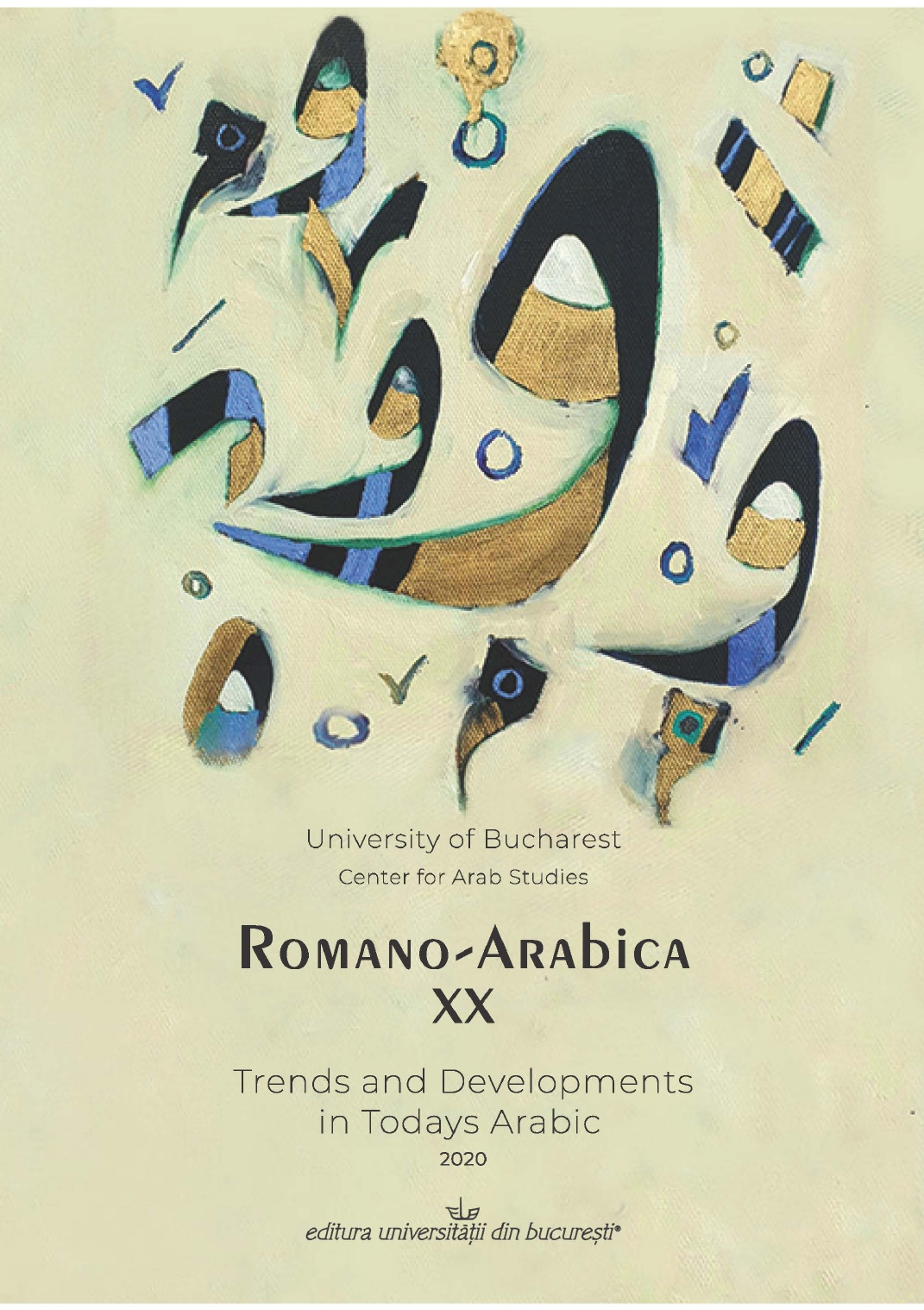DIALECTAL CONDITIONAL CLAUSES IN ACADEMIC ARABIC IN ISRAEL
DIALECTAL CONDITIONAL CLAUSES IN ACADEMIC ARABIC IN ISRAEL
Author(s): Letizia CerquegliniSubject(s): Language and Literature Studies, Lexis, Comparative Linguistics
Published by: Editura Universităţii din Bucureşti
Keywords: Clauses; Contact between Modern Standard Arabic and Palestinian Dialects; Arabic Pluricentricity; Muṯallaṯ Arabic; Galilean Bedouin Arabic; Galilean Arabic Varieties;
Summary/Abstract: Conditional clauses (CCs), which specify hypotheses regarding something that could have taken place or will take place, consist of a protasis (condition) and an apodosis (governor) (Arabic: šarṭ/jawāb).Different types of CC are recognized cross-linguistically along a logical continuum from real to impossible conditions. In Modern Standard Arabic (MSA) and Arabic dialects, different CCs are distinguished by conditional markers and verbal patterns. Distinctive strategies characterize each variety. The use of CCs from local dialectal types in high-standard spoken and written Arabic is therefore striking, yet frequent, alongside standard forms. I analyze dialectal Muṯallaṯ, Northern Galilean, and Galilean Bedouin CCs and their use inacademic language. Six elderly speakers for each traditional variety constituted the control groups. For each variety, I selected highly educated women/men, bilingual in their dialect/MSA and educated in the humanities/sciences: six senior academic staff members over age fifty-five and six university students up to age thirty-five. Following Grigore (2005a; b), the CC corpus for the present study is yielded by both spontaneous interactions among members of the same dialectal variety and age group and controlled individual speech production. Different dialectal conditional systems have emerged from this analysis. Traditional dialectal systems show a distribution of verbal patterns and conditional markers similar to those in Damascene Arabic (Jalonen 2017). Nonetheless, they express two real subtypes (‘more possible’, ‘less possible’) and two irreal subtypes (hypothetical, counterfactual), similarly to Baghdadi Arabic (Grigore 2005a; b). Each traditional conditional system expresses the four semantic categories through different morpho-syntactical means. Dialectal structures persist in the conceptual background of educated speakers, producing different perceptions of the MSA conditional system. The pluricentricity of Arabic and fleeting boundaries between ‘norm’ and‘ spoken-word’ are reaffirmed, which is not surprising in a dialectal area with substantiated ancestral traditions of linguistic independence from the models of the Arabian Peninsula.
Journal: Romano-Arabica
- Issue Year: XX/2020
- Issue No: 20
- Page Range: 125-134
- Page Count: 10
- Language: English

